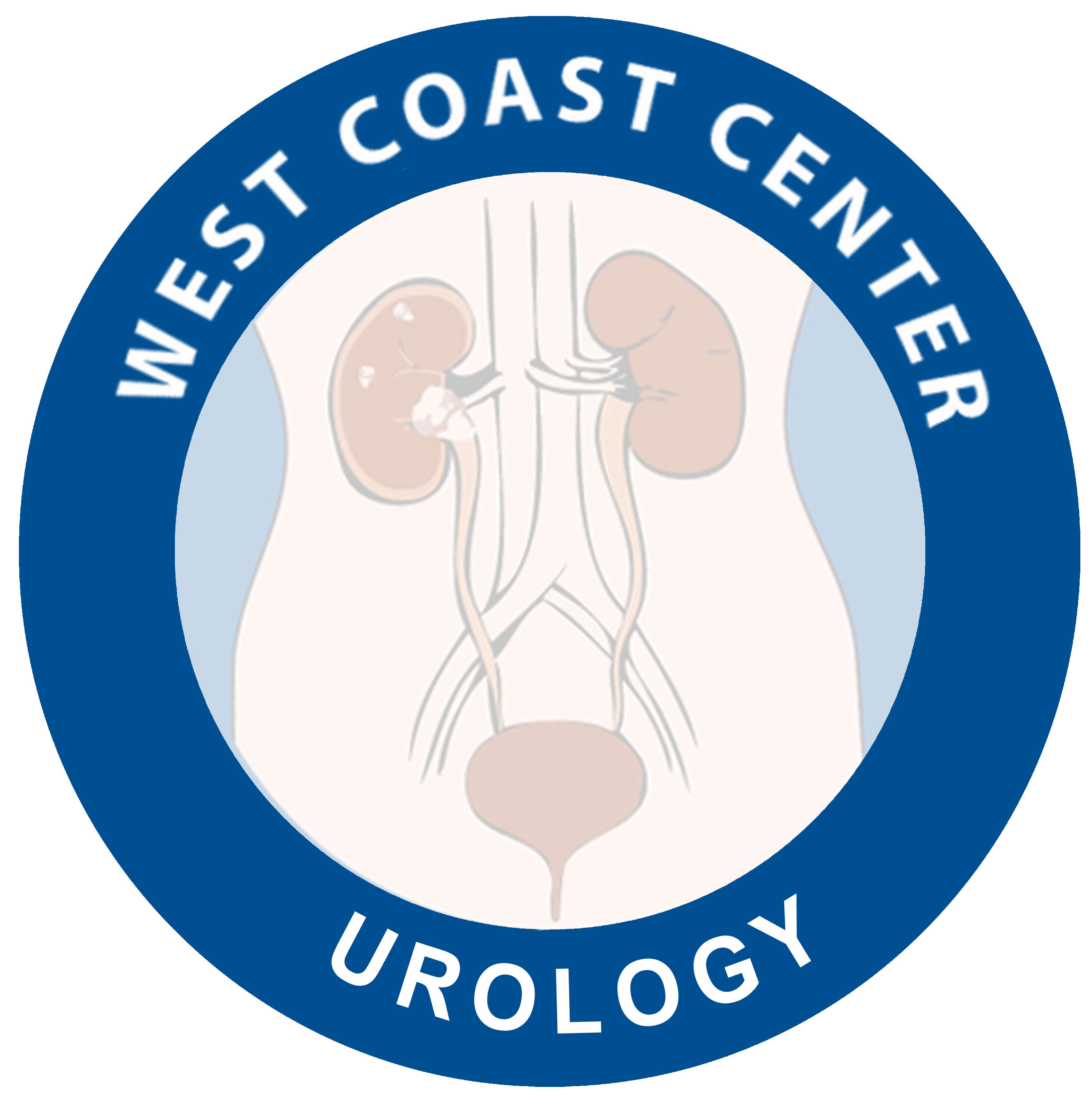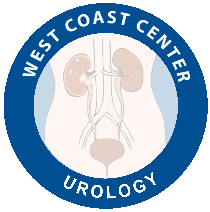Minimally Invasive Thermal Therapy
It is very important to determine the size of the prostate using transrectal ultrasound in-order to determine the safest approach that will give the best surgical outcome. Surgical options for enlarged prostate include: thermal therapy (microwave, TUNA), Green light laser, bipolar TURP using the latest technology in electric current and simple open prostatectomy. Most new surgical treatment of BPH will be done as an outpatient procedure.
Minimally invasive Thermal therapy for the prostate:
Transurethral needle ablation of the prostate (TUNA)
Transurethral microwave therapy of the prostate (TUMT)
Thermal therapy is a minimally invasive therapy for BPH. It relies upon the slow heating of prostate tissue with radiant heat such as that generated in microwave or radiofrequency therapy. With the application of heat, changes occur to the cells in these areas—over a period of days or weeks, they shrink. Both procedures are indicated for mild enlargement of the prostate. In cases where the prostate protrudes into the bladder, known as a large median lobe, only TUNA can be used.
A- TUNA (Transurethral Needle Ablation of the Prostate) or Prostiva
This is an office procedure done under local anesthetic and some sedation. It uses low-level radiofrequency energy to destroy excess prostatic tissues without damaging the urethra or the surrounding tissues. It involves using a scope to pass a pair of fine needles through the lining of the prostatic urethra. Once the needles are in place, a radiofrequency signal passed through them to gently heat the region. The physician will likely treat several sites within your prostate. The procedure takes about 45 minutes.This shrinks the prostate tissue, causing the prostatic urethra to enlarge; the result is a higher and more efficient flow of urine. The maximum effect is usually seen in 4-6 weeks.Most patients are able to resume regular activity in 24-48 hours. A catheter is usually necessary following treatment for about 2-3 days. Side effects, which are usually minor and resolve without intervention during the healing period, include blood in the urine (hematuria) , discomfort or pain usually relieved using over- the –counter pain relievers, and urinary tract infection.Long-term complications (e.g., urinary incontinence, sexual dysfunction) are unusual and occur less often than following conventional procedure such as TURP.
B- TUMT (Transurethral Microwave Therapy for the Prostate or Prolieve)
This is an in-office procedure done under local anesthetic and some sedation. A small catheter is inserted into the urethra. A small balloon that is also part of the catheter inflates within the section of the urethra close to the prostate. A special antenna inside the catheter transmits microwave energy to provide heat to the prostate. The heat reduces the prostate enlarged tissues. During the entire 45-minute procedure, water circulates inside the catheter through the urethra. As a safeguard, the Prolieve System’s computer monitors the temperature surrounding the treatment area by means of a rectal temperature monitor. If the temperature at the monitor reaches 42ºC (about 107º F), the system shuts off automatically.
Medication is often administered to reduce discomfort and help patients relax during the procedure. Many patients are able to read, watch television, or listen to music during treatment and some may experience the following:
- Bladder spasms
- Pressure in the rectum
- Sensation of needing to empty the bladder or have a bowel movement.
- Warm or burning sensation in the abdomen or penis
What Will Happen After TUNA or TUMT Procedure?
After the procedure is complete, you may be asked to remain in the office until you urinate. If you are not able to urinate after the procedure, your doctor may elect to insert a catheter to ensure your comfort.
Catheterization is required only as needed, and when required, the duration is usually a maximum of two days..
Upon arriving home, you should drink plenty of fluids. You should be able to return to most of your normal activities within 24 to 48 hours. There is minimal discomfort after the therapy. This can be relieved with over-the-counter pain medicines as needed.
You should relax and take it easy when you get home. You can expect optimal results in approximately six weeks; some patients may experience results sooner.
Possible side effects include obstruction, bleeding, blood in urine, pain/discomfort, urgency to urinate, increased frequency and urinary tract infection. Patients may also experience a minor burning sensation when urinating for one to two weeks following the treatment.

